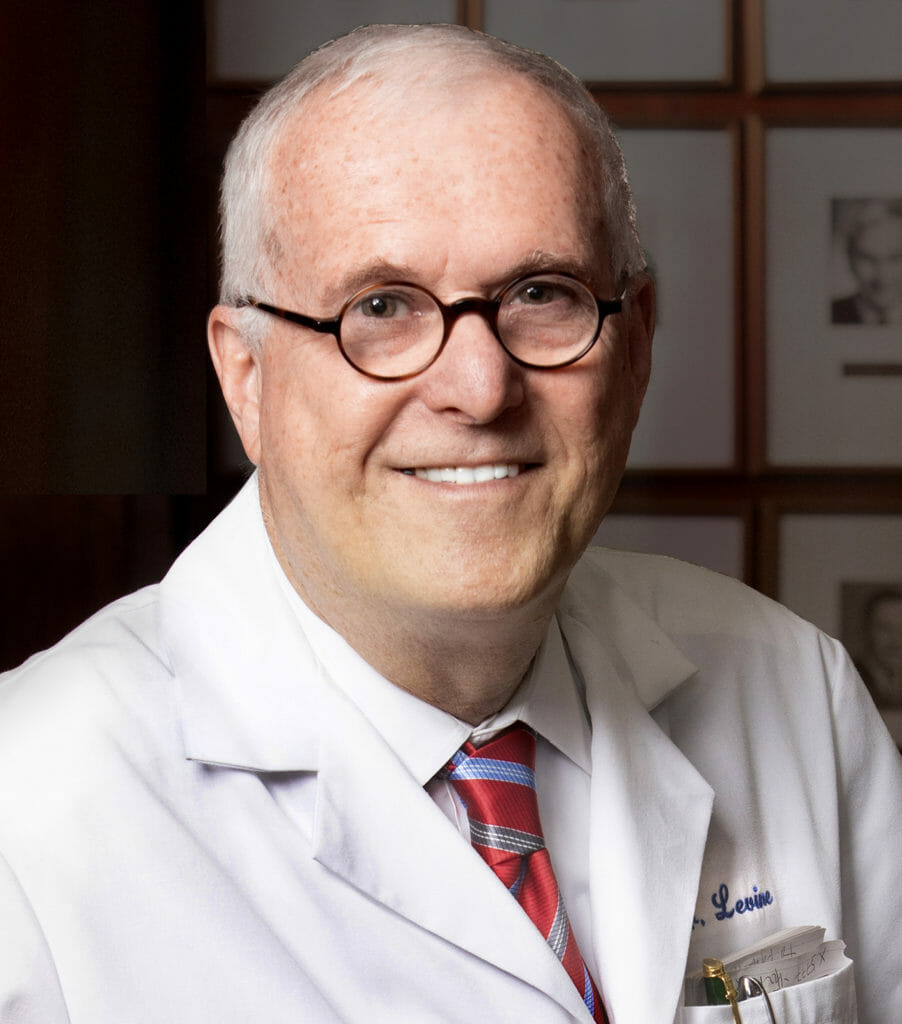
Q: Does tube feeding help wound healing?
A: The decision to place a percutaneous endoscopic gastrostomy tube (PEG) is a difficult one. The inability to eat or drink often accompanies people debilitated by a stroke and/or dementia, and PEG tubes have become one of the most commonly employed methods for providing long-term nutritional support. As pressure injuries often accompany malnutrition and weight loss in debilitated patients, PEG tubes may offer a last chance to enable healing.
But PEG tubes are not an easy fix. While some patients benefit, this feeding modality can bring a new set of complications including infection and dislodgement.
Administration of tube feeding necessitates elevating the head of the bed to avoid aspiration, which decreases the ability to turn and causes increased pressure on the buttocks and sacrum. Long-time diabetics may have gastroparesis, whereby liquid nutrients do not easily pass from the stomach into the intestine. Some patients have tube feeding intolerance and develop diarrhea, which increases risk for pressure injury and perineal infections. From an ethical standpoint, artificial administration of food and fluids can prolong suffering.
Other considerations include contraindications such as bleeding disorders, history of gastrectomy, severe ascites and concomitant diseases such as malignancy. Advance directives to avoid artificial nutrition should not be overridden. If the clinical team deems death imminent, there is little point in inserting a PEG.
Finally, the nutrients and liquids provided through the tube must be adequate. This is the job of the nutritionist, who should add a “wound healing factor” to the feeding prescription, which includes extra protein and calories. Even in situations where adequate nutrition is provided, there is no guarantee that a pressure injury will heal.
From the July/August 2022 Issue of McKnight's Long-Term Care News




